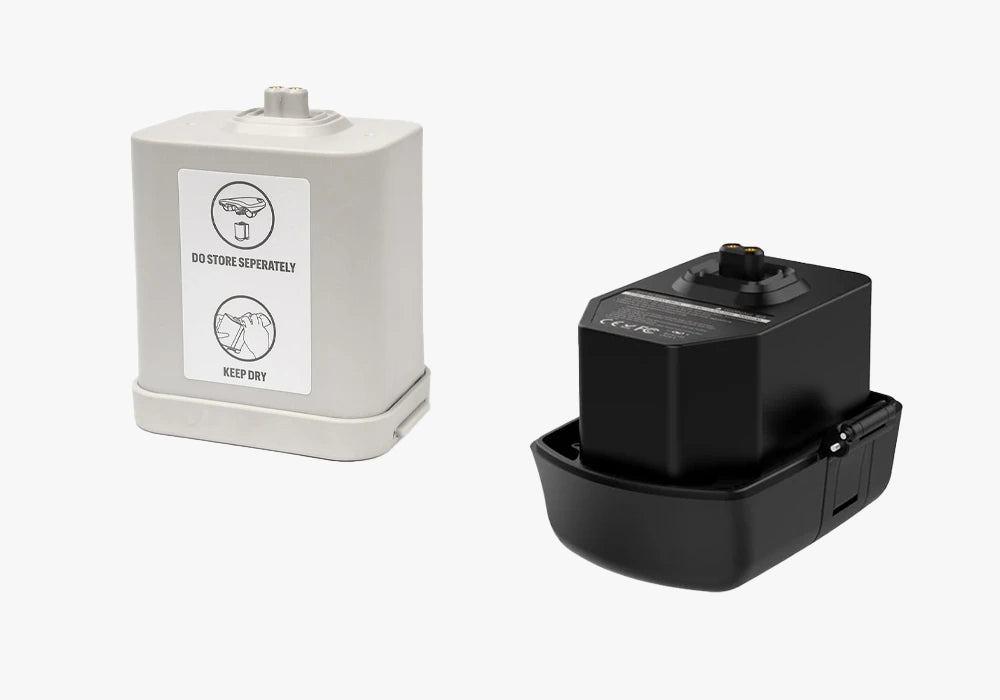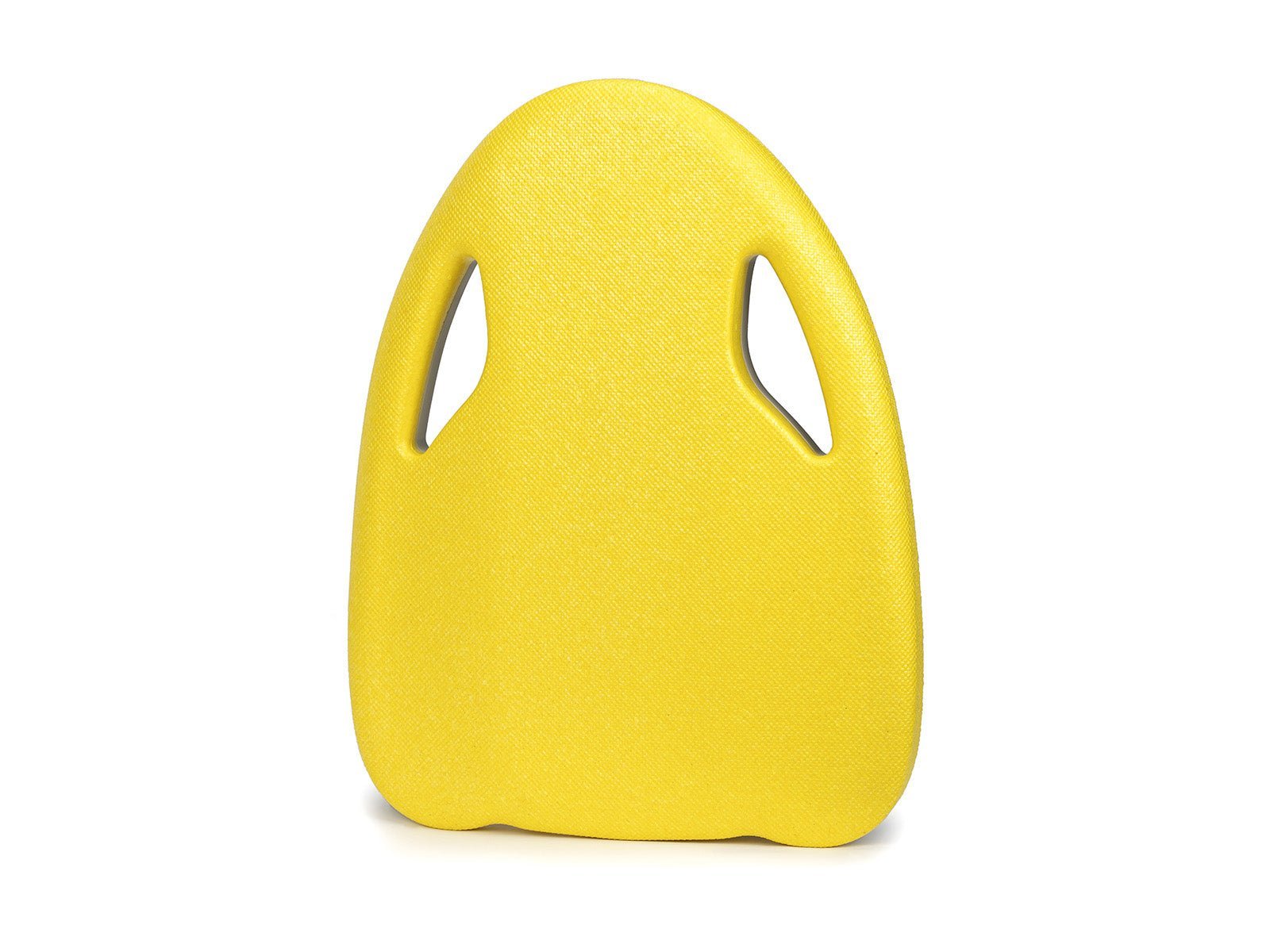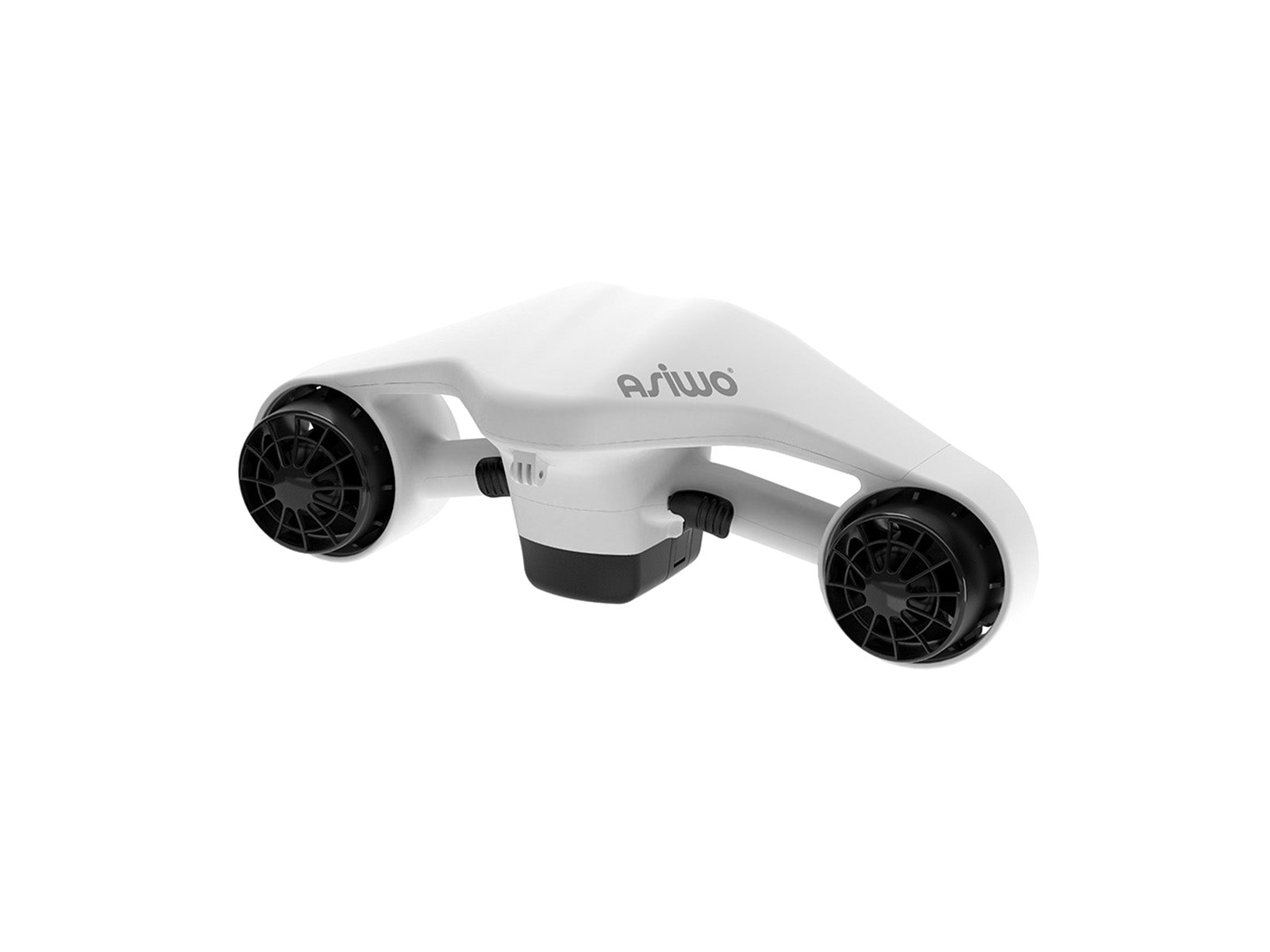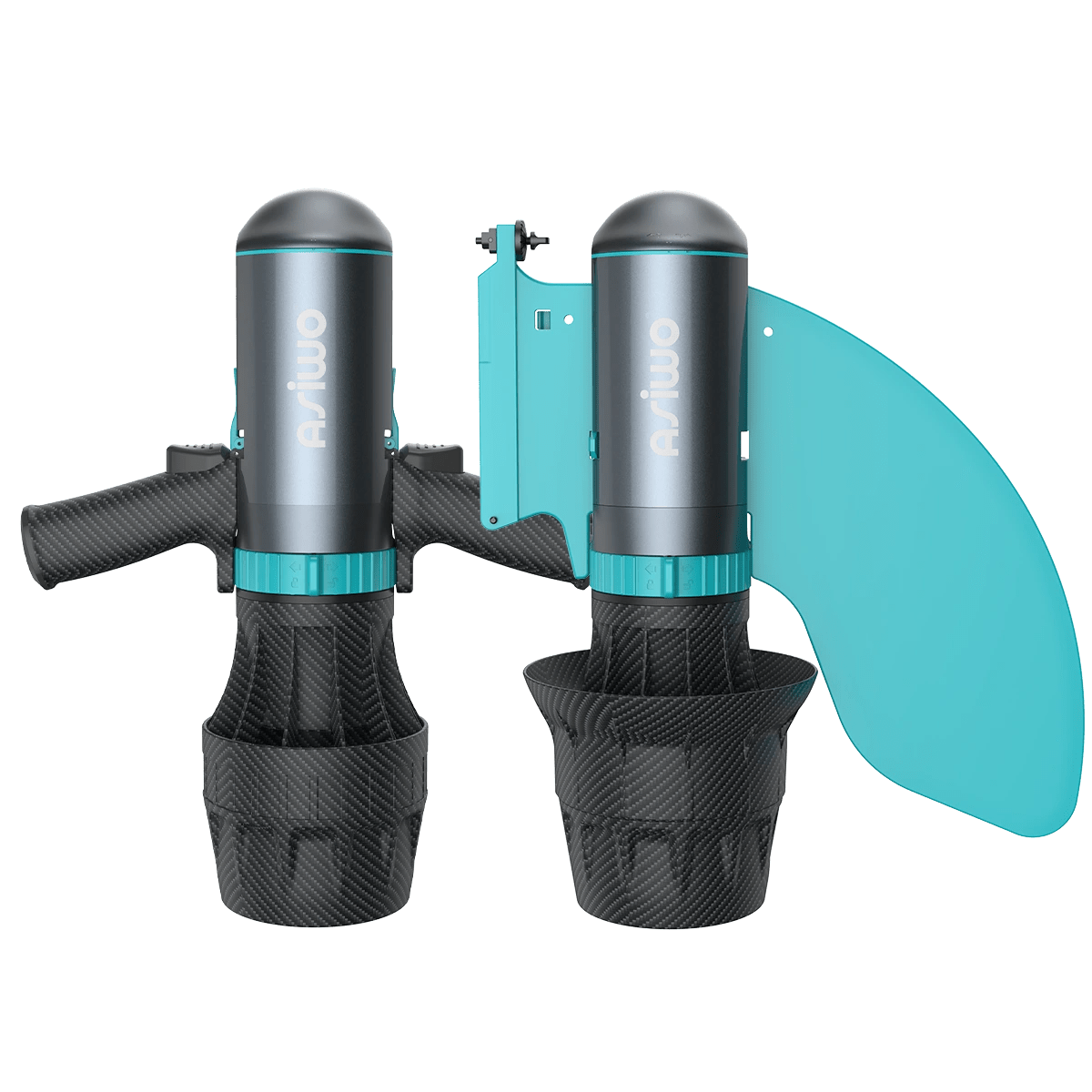When looking to enhance your water adventures, you may come across two popular motorized devices: Diver Propulsion Vehicles (DVPs) and SUP Electric Motors. Each serves a different purpose, so let's explore their uses and help you decide which is best for you.
What is a Diver Propulsion Vehicle (DVP)?
A Diver Propulsion Vehicle (DVP), or underwater scooter, helps divers glide through the water effortlessly. It’s powered by a motor and propeller, saving energy and allowing for longer and more extensive underwater exploration.
● Speed: Typically 2.5-3.1 mph (4-5 km/h).
● Use: Ideal for divers and snorkelers exploring underwater environments.
● Benefit: Reduces physical strain and lets you cover more ground underwater.
What is a SUP Electric Motor?
A SUP Electric Motor is a motorized device attached to a Stand-Up Paddleboard (SUP), providing propulsion for easy cruising across the water.
● Speed: Typically 4-6 mph (6-10 km/h).
● Use: Perfect for paddleboarding enthusiasts who want to reduce paddling effort and travel farther.
● Benefit: Allows for longer, more relaxed SUP sessions without tiring out.
Key Differences
|
Feature |
DVP |
SUP Electric Motor |
|
Use |
Underwater exploration |
Surface paddleboarding |
|
Speed |
2.5-3.1 mph |
4-6 mph |
|
Best For |
Divers and snorkelers |
Paddleboarders and casual riders |
|
Energy Saving |
Reduces fatigue while diving |
Reduces paddling effort |
Which Should You Choose?
● DVP: Perfect for underwater explorers who want to glide effortlessly through the ocean and save energy.
● SUP Electric Motor: Great for paddleboarding, allowing you to cruise across water without the effort of constant paddling.
Conclusion
Both devices make water activities easier, but the choice depends on whether you prefer diving or paddleboarding. DVPs are best for underwater exploration, while SUP Electric Motors are ideal for relaxing, energy-saving surface adventures.


















Lascia un commento